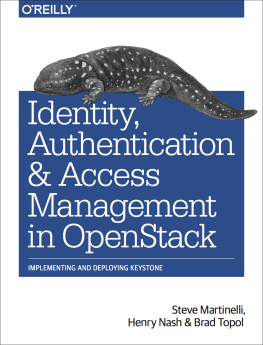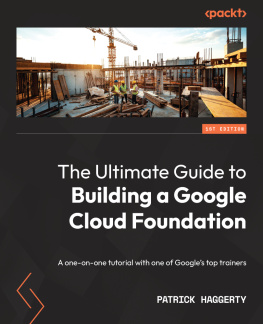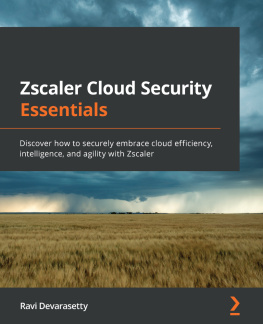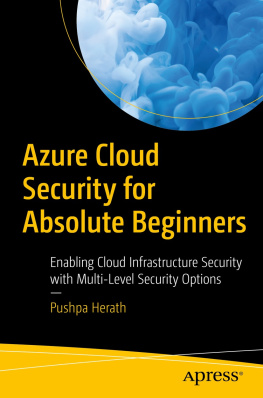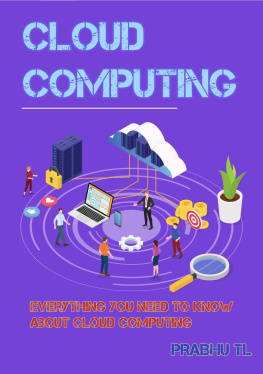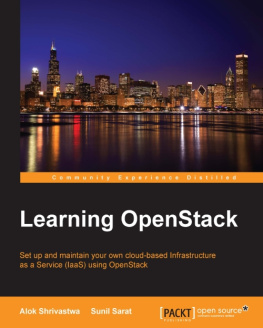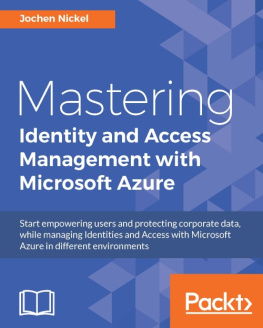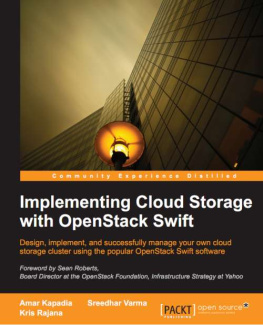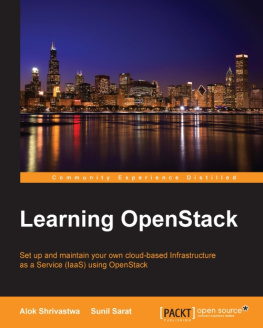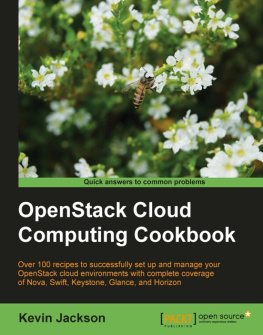Steve Martinelli - Identity, Authentication, and Access Management in OpenStack: Implementing and Deploying Keystone
Here you can read online Steve Martinelli - Identity, Authentication, and Access Management in OpenStack: Implementing and Deploying Keystone full text of the book (entire story) in english for free. Download pdf and epub, get meaning, cover and reviews about this ebook. year: 2016, publisher: OReilly Media, genre: Computer. Description of the work, (preface) as well as reviews are available. Best literature library LitArk.com created for fans of good reading and offers a wide selection of genres:
Romance novel
Science fiction
Adventure
Detective
Science
History
Home and family
Prose
Art
Politics
Computer
Non-fiction
Religion
Business
Children
Humor
Choose a favorite category and find really read worthwhile books. Enjoy immersion in the world of imagination, feel the emotions of the characters or learn something new for yourself, make an fascinating discovery.
- Book:Identity, Authentication, and Access Management in OpenStack: Implementing and Deploying Keystone
- Author:
- Publisher:OReilly Media
- Genre:
- Year:2016
- Rating:3 / 5
- Favourites:Add to favourites
- Your mark:
Identity, Authentication, and Access Management in OpenStack: Implementing and Deploying Keystone: summary, description and annotation
We offer to read an annotation, description, summary or preface (depends on what the author of the book "Identity, Authentication, and Access Management in OpenStack: Implementing and Deploying Keystone" wrote himself). If you haven't found the necessary information about the book — write in the comments, we will try to find it.
KeystoneOpenStacks Identity serviceprovides secure controlled access to a clouds resources. In OpenStack environments, Keystone performs many vital functions, such as authenticating users and determining what resources users are authorized to access.
Whether the cloud is private, public, or dedicated, access to cloud resources and security is essential. This practical guide to using Keystone provides detailed, step-by-step guidance to creating a secure cloud environment at the Infrastructure-as-a-Service layeras well as key practices for safeguarding your clouds ongoing security.
- Learn about Keystones fundamental capabilities for providing Identity, Authentication, and Access Management
- Perform basic Keystone operations, using concrete examples and the latest version (v3) of Keystones Identity API
- Understand Keystones unique support for multiple token formats, including how it has evolved over time
- Get an in-depth explanation of Keystones LDAP support and how to configure Keystone to integrate with LDAP
- Learn about one of Keystones most sought-after featuressupport for federated identity
Steve Martinelli: author's other books
Who wrote Identity, Authentication, and Access Management in OpenStack: Implementing and Deploying Keystone? Find out the surname, the name of the author of the book and a list of all author's works by series.

